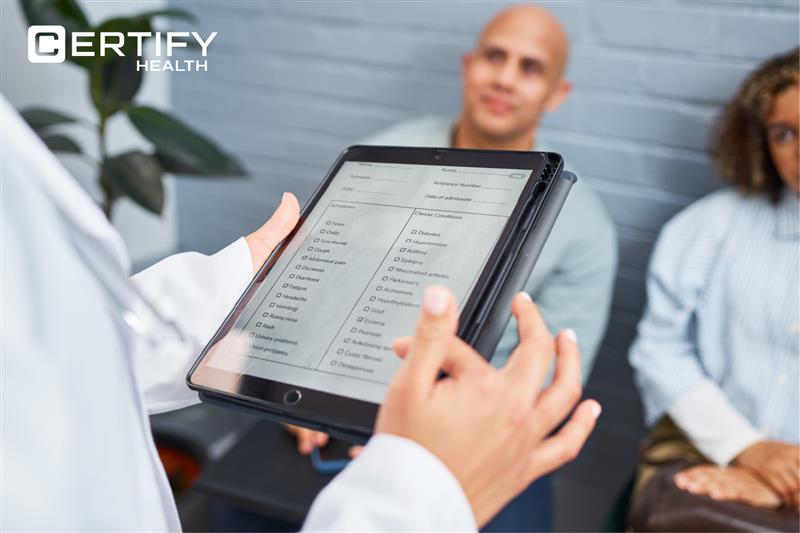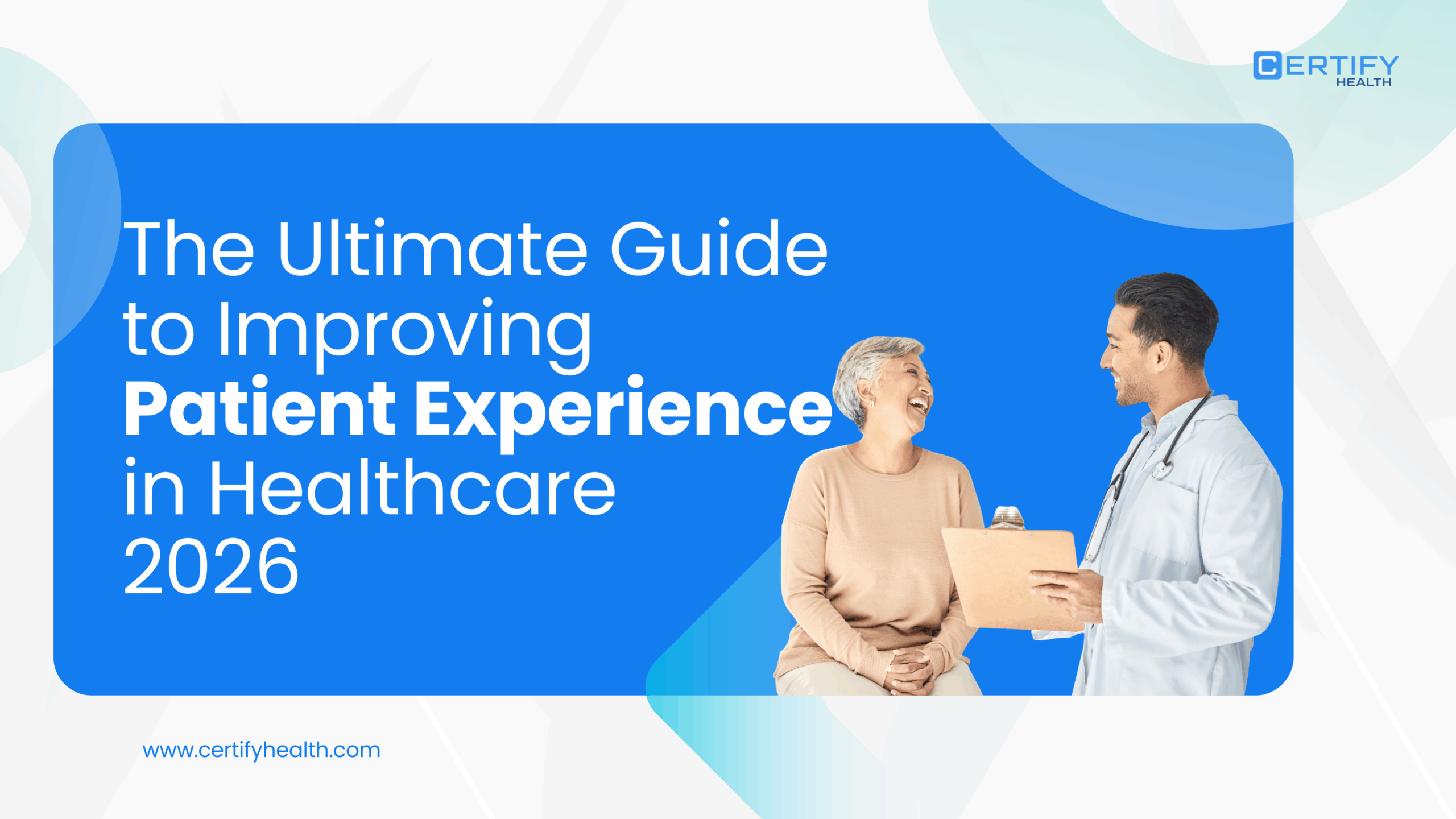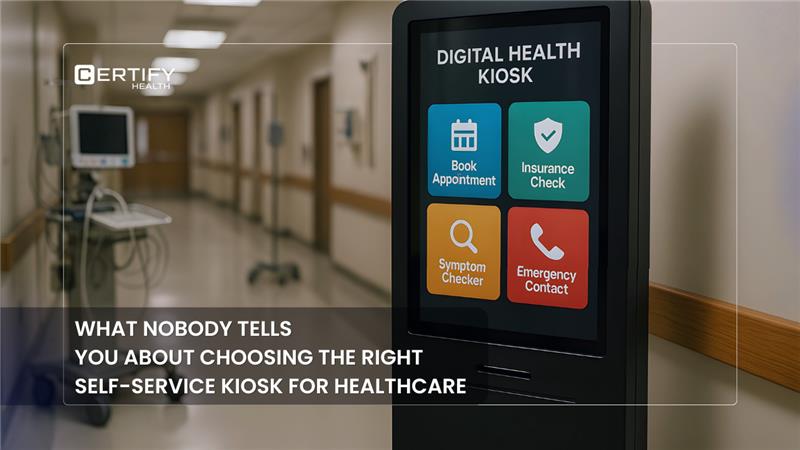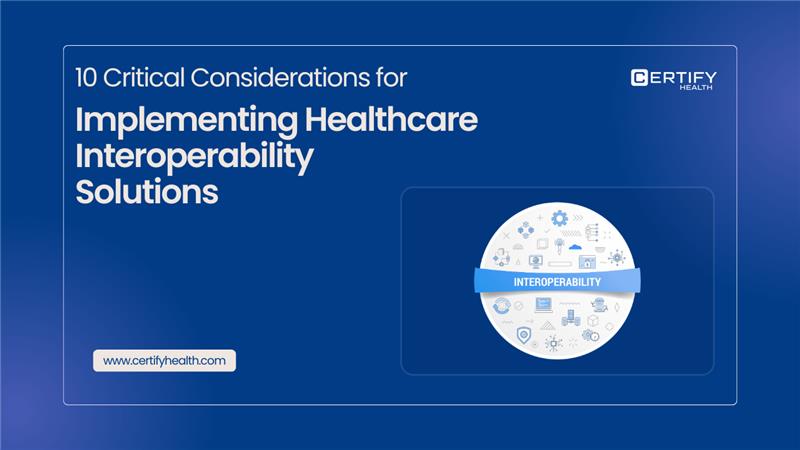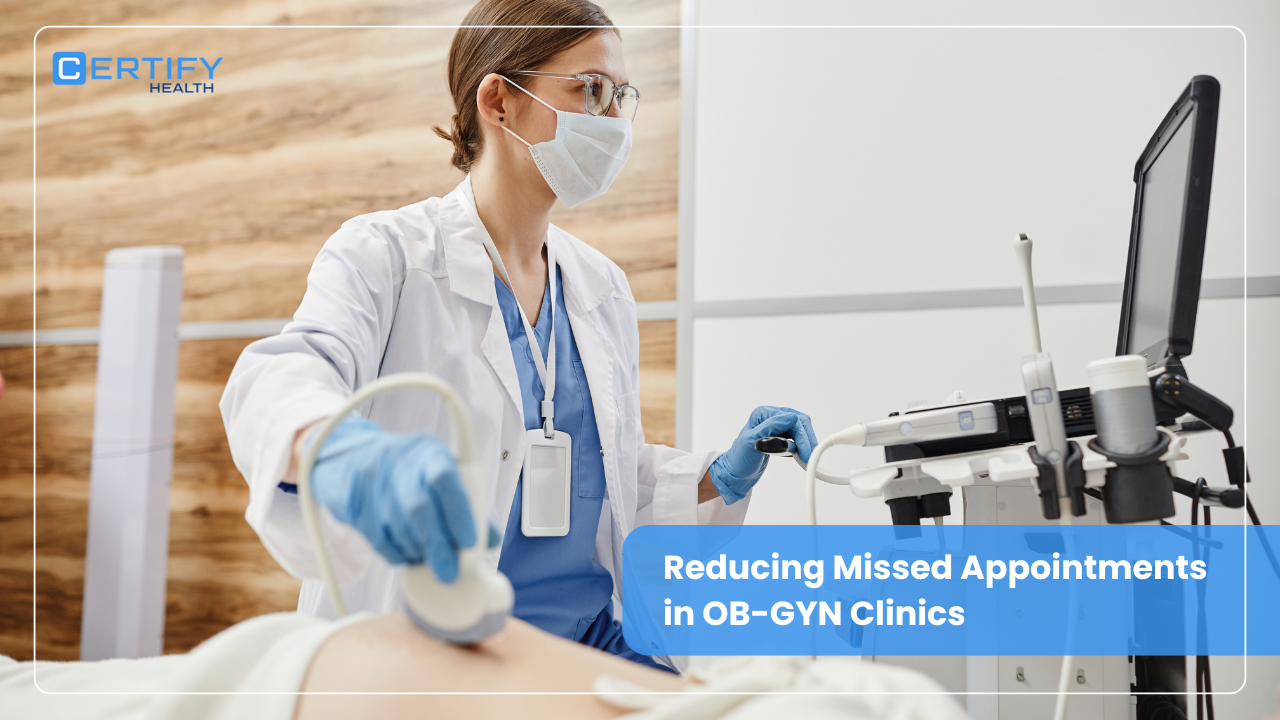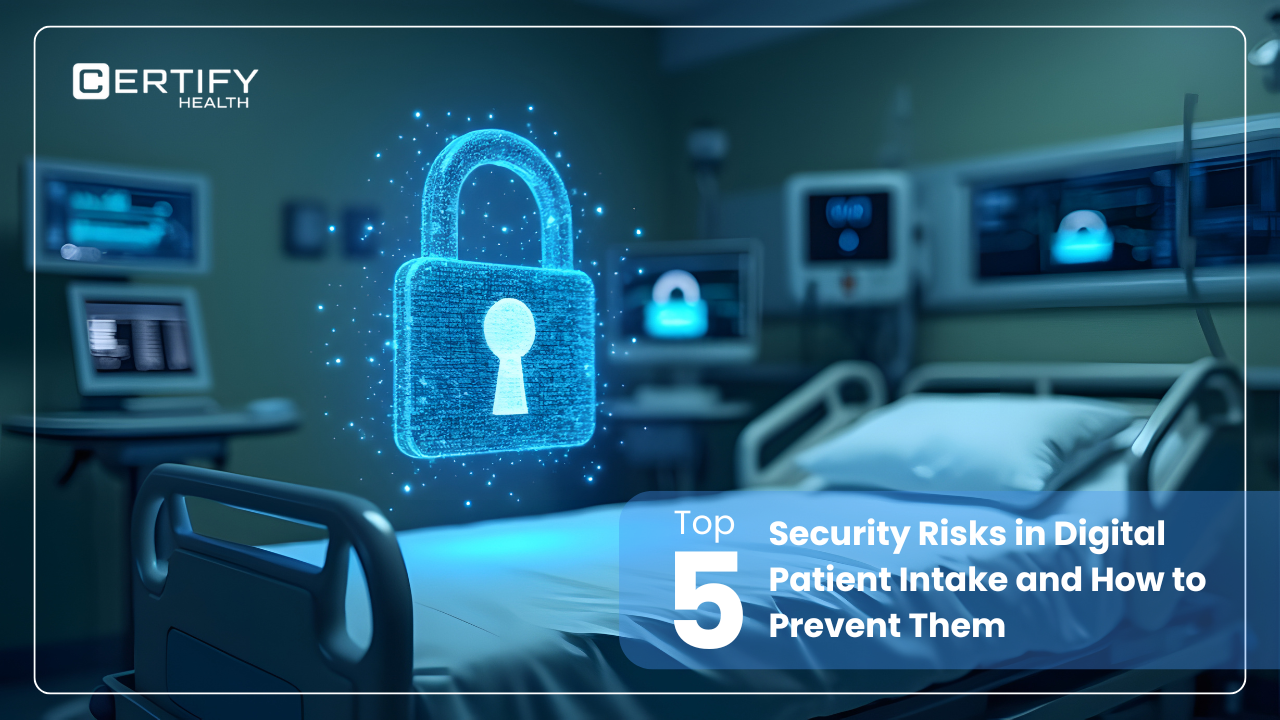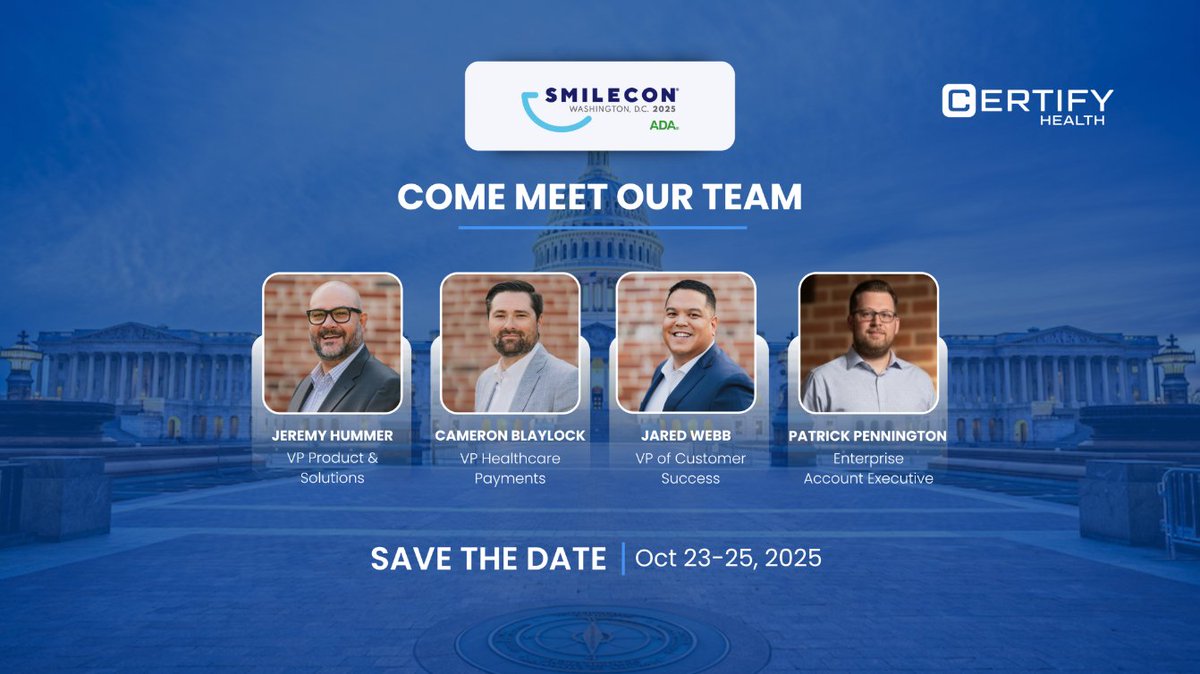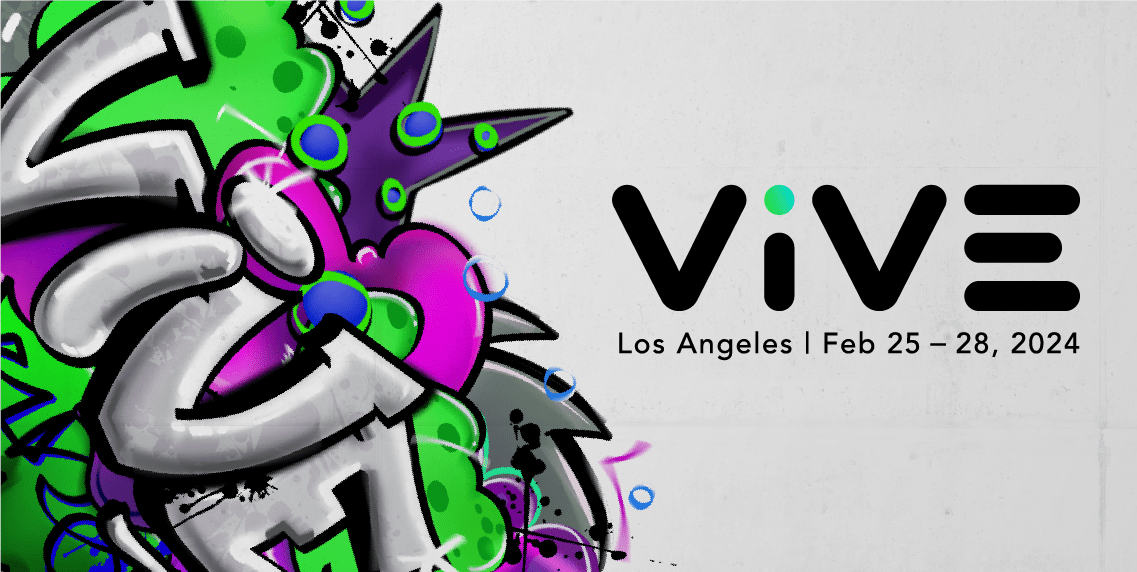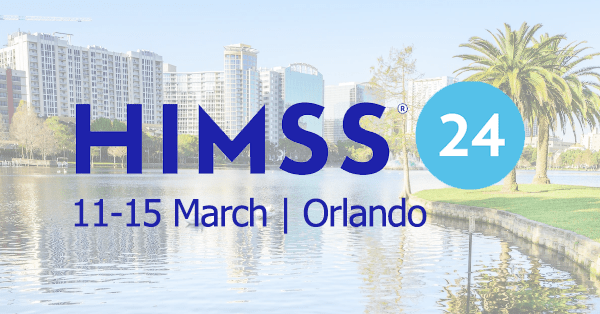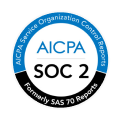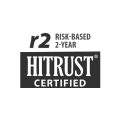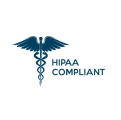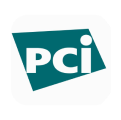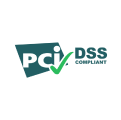Table of Contents
Introduction
Imagine a patient walking into your practice where his medical history, insurance details, and symptoms are already pre-loaded into the system—no paperwork, no repetitive questions, and zero waiting room frustration. This isn’t science fiction—it’s the reality digital patient intake software is creating in 2025.
As healthcare moves toward a more preventative and personalized approach, these digital platforms are revolutionizing the way things work. They cut down on manual errors, streamline workflows, and improved patient satisfaction like never before. At the heart of this transformation is a game-changer: modern patient intake software.
Did You Know ?
The patient intake software market growing from $1.8 billion in 2023 to $4 billion by 2031 (with a 10.5% CAGR) clearly indicates that more healthcare providers are adopting these tools. It’s not just a trend—it’s becoming an industry standard.
You might also like to read: What Is Patient Intake? Why Digital Intake Is Better Than Traditional Methods
Why Traditional Patient Intake Processes Are Failing Modern Healthcare
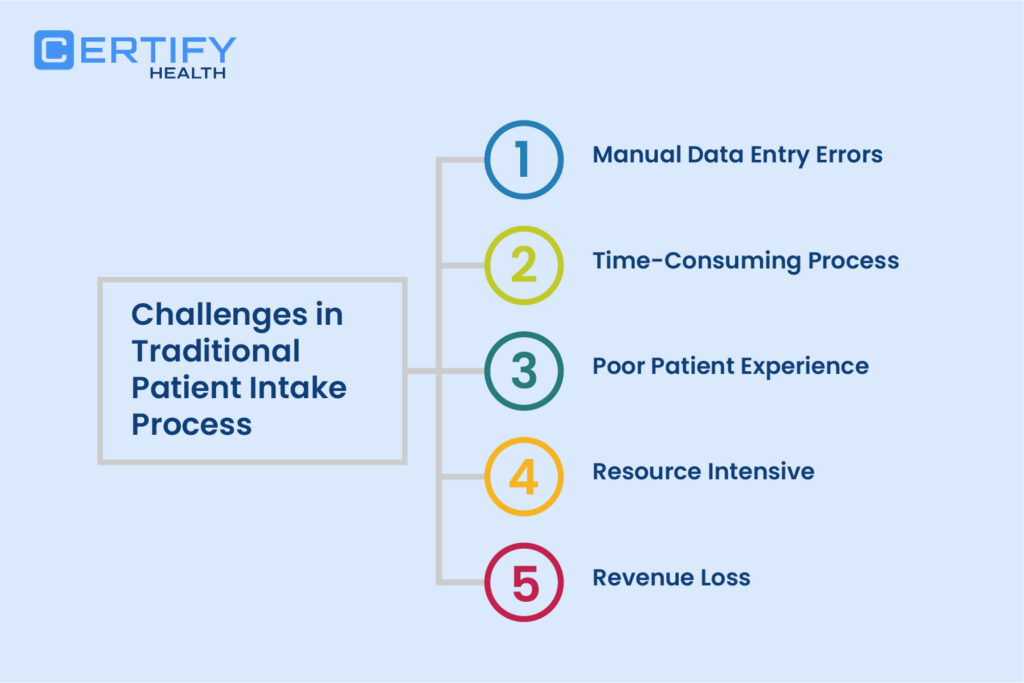
The shift to digital patient intake software isn’t just about convenience—it’s a necessary response to systemic inefficiencies plaguing traditional methods. Let’s dissect the five critical challenges driving this change.
1. Manual Errors: The Hidden Cost of Paper-Based Systems
Manual data entry remains the soft spot of traditional patient intake. A single typo in a patient’s birthdate or insurance ID can lead to misfiled records, billing disputes, and compliance violations. In fact, research indicates that 26% to 39% of healthcare workers are still manually entering data, with 32% to 40% of them struggling to locate necessary data. These errors can lead to medical mistakes, potentially fatal outcomes, and compliance issues.
Digital intake forms address this by automating validation checks. Patient intake software use real-time error detection to flag incomplete fields or mismatched insurance details before submission. This reduces medical billing errors and ensures HIPAA-compliant data collection from the first interaction.
2. The Time-Consuming Process Draining Resources
The average patient spends 22 minutes filling out paperwork during a practice visit. Multiply this by 30 daily patients, and your staff loses 11 hours weekly to manual data entry—time that could be spent on preventive care or patient education. Traditional intake also delays scheduling; without pre-visit data collection, practices struggle to allocate resources efficiently.
Digital patient intake software tackles this by enabling mobile pre-registration. Patients complete digital intake forms at home, cutting check-in times. Automated EHR syncing then eliminates duplicate data entry, freeing staff to address complex cases rather than administrative tasks.
3. Poor Patient Experience: The Silent Killer of Retention
Long wait times and repetitive forms aren’t just annoying—they result in poor patient satisfaction. A survey found 42% of patients consider switching providers after a single frustrating intake experience.
Paper-based systems also create communication gaps; without digital reminders, patients often forget to bring required documents, leading to rescheduled appointments and disrupted care.
Patient intake software addresses this with real-time SMS reminders then nudge patients to submit insurance cards or medical histories pre-visit. Reduce no-show rates and enjoy improved patient satisfaction with streamlined processes.
4. Resource Intensity: The Overlooked Financial Drain
Storing and managing paper records costs high for practices. Add the labor hours spent filing, scanning, and retrieving physical documents, and it’s clear why practices face negative ROI on manual intake workflows.
Patient intake software eliminates this burden through paperless workflows. It offers a biometric authentication system that automates check-ins while securely archiving records in HIPAA-compliant clouds.
5. Revenue Loss: How Intake Errors Bleed Profits
Inaccurate patient data isn’t just a medical risk—it’s a financial time bomb that results in revenue loss. Manual intake errors can stall high-value claims, with 78% of providers unable to collect bills over $1,000 within 30 days—putting serious strain on practice cash flow. Insurance verification delays compound this; without real-time eligibility checks, providers risk denied claims and write-offs.
Digital patient intake software prevents this via integrated insurance verification. It cross-references patient submissions with payer databases during intake, reducing claim denials. Automated copay collection further streamlines revenue cycles, boosting practice profitability.
Also, read our blog on: Picking the Right Digital Intake Solution: Saving Time, Money, and Reducing Vendors
The 10 Digital Patient Intake Platforms Leading Healthcare’s Transformation in 2025
Having dissected the why, let’s explore the how—the software solutions turning these challenges into opportunities for practices worldwide.
CERTIFY Health is the most versatile digital patient intake software of 2025. Its HIPAA-compliant form builder supports customizable templates, from allergy questionnaires to surgical consent forms.
Unique features like wait time notifications keep patients informed via SMS, while mobile, kiosk, and tablets streamline in-practice check-ins for patients.
Features:
HIPAA-Compliant Custom Form Builder: Create secure, customized digital intake forms using drag-and-drop builder with standard templates. Supports medical history, insurance, consent forms, and more.
Pre-Registration Workflow: Send forms via email or SMS after appointment scheduling. Patients can complete forms at home or at the practice.
Flexible Check-In Options: Self-check-in via FaceCheck biometric or QR code. Pre-check-in through SMS link (“Push Button”).
Digital Consent Forms: Collect electronic signatures on all required documents and reduces paper use and speeds up compliance.
Seamless EHR Integration: Bi-directional sync intake data directly with major EHR systems and eliminates double data entry and errors.
Integrated Payment Collection: Collect co-pays and outstanding balances digitally. Supports kiosk and mobile for payment collection.
Luma Health excels in patient-provider engagement. Its two-way SMS platform lets staff request missing information securely, reducing follow-up calls. Integrated telehealth tools also allow patients to complete patient intake forms during virtual visits.
Features:
Automated Intake Workflows: Automatically deliver personalized digital forms based on appointment type, provider, and location.
Pre-Visit Preparation: Send reminders and digital forms via text or email to help patients complete intake before arriving.
Mobile-First Experience: Patients can complete digital intake forms on their smartphones—no logins or app downloads required.
Smart Form Routing: Intake forms dynamically adjust and route based on visit requirements or clinical protocols.
Real-Time EHR Integration: Bi-directional syncing with major EHRs ensures patient data is accurate and updated instantly.
HIPAA-Compliant & Secure: Data is encrypted and securely stored, ensuring compliance with privacy regulations.
Customizable Form Builder: Create and edit forms to match clinical and administrative workflows.
For diverse populations, CheckinAsyst offers patient intake forms in 12 languages, improving accessibility for non-English speakers. Its AI-powered data capture extracts information from uploaded IDs or insurance cards, slashing manual entry time.
Features:
Digital Check-In: Enables self-service, contactless patient check-in.
Insurance Capture & Verification: Collects and validates insurance information in real-time.
eForms & eSignatures: Supports digital intake forms and consent collection.
Payment Collection: Facilitates co-pay and balance payments during check-in.
EHR Integration: Syncs patient data directly with the EHR system.
Multilingual Interface: Provides patient-facing features in multiple languages.
IntakeQ’s drag-and-drop form builder lets practices create tailored workflows for specialties—think orthopedics vs. pediatrics. Conditional logic hides irrelevant fields, while e-signature support ensures compliance for sensitive procedures.
Features:
Customizable Digital Forms: Fully tailored to match your practice’s workflow and branding.
Secure eSignatures: Collect legally binding signatures directly on forms.
Automated Workflows: Send forms automatically before appointments with reminders.
EHR Integration: Seamless data transfer to supported systems.
Mobile-Friendly & HIPAA-Compliant: Easy access for patients, ensuring privacy.
Payment Collection: Accept payments during intake.
Vecna Healthcare merges digital patient intake with cutting-edge hardware. Its VGo Robot greets patients, scans IDs via facial recognition, and guides them through forms—ideal for understaffed practices.
Features:
Self-service: Use biometric check-in solution for contactless & smooth check-in.
Integrations: Use digital intake solution that syncs data across EHR platforms.
Insurance verification: check patient’s insurance eligibility in real-time.
Payment collection: During patient intake, identify co-pay or balances and collect payments upfront.
HIPAA-compliant: Designed to store and secure data without violating compliance.
NikoHealth focuses on eliminating medical billing errors. Its real-time eligibility checks cross-reference 900+ insurers, while automated copay calculators provide upfront cost estimates.
Features:
Customizable Digital Forms: Create tailored forms collecting patient information efficiently.
Insurance Verification: Real-time verification of insurance details.
Seamless Data Integration: Integration with Electronic Health Records (EHR).
Automated Patient Notifications: Notify patients about their appointments and intake tasks.
Secure Document Management: HIPAA-compliant storage for sensitive patient documents.
Real-Time Analytics: Track intake progress and data accuracy.
KYRUUS Health serves large hospital networks with unified intake across departments. Its EHR-agnostic platform syncs with Cerner, Epic, and Meditech, preventing data silos. Remote pre-visit check-ins handle patients daily without backend bottlenecks.
Features:
Remote Patient Check-In: Collects demographics, clinical information, consent forms, and payments before the visit.
EHR Integration: Syncs automatically with EHRs like Athenahealth and Oracle Health.
Customizable Experience: Tailors check-in based on appointment type, provider, and patient records.
SMS Messaging: Facilitates two-way communication with patients without needing an app.
Payment Processing: Allows copay and balance payments through secure digital channels.
DocResponse shines in healthcare automation. Its rules engine auto-populates forms using historical data—e.g., pulling a diabetic patient’s last HbA1c result into new patient intake forms. This saves hours weekly for your staff and patients avoid repetitive questions.
Features:
Digital Patient Intake Forms: Patients can complete forms online or via mobile.
Automated Data Entry: Integrates with EHR systems for error-free data transfer.
HIPAA-Compliant: Ensures secure patient data management.
Customizable Forms: Tailored to meet practice-specific needs.
Real-Time Notifications: Alerts for missing data and reminders for patients.
Patient Payment Collection: Streamlined payment processes with transparent balances.
Yosi Health targets tech-savvy patients with a 100% mobile-optimized intake process. Patients scan insurance cards via smartphone cameras, upload selfies for ID verification, and pay copays via Apple Pay.
Features:
Customizable Intake Forms: Tailored for different appointment types and specialties.
Contactless Check-in: Patients register via mobile devices, reducing waiting times.
Insurance Verification: Real-time updates and secure data transfer to your EMR.
Paperless Workflow: Electronic signatures for consent forms and privacy notices.
Seamless Integration: Syncs data directly with your EMR for a streamlined process.
Rounding out our list, Infermedica supports 17 languages, making it the go-to for multinational providers. Its AI symptom checker integrates with patient intake forms, prioritizing urgent cases (e.g., chest pain) for faster triage.
Features:
Dynamic Patient Survey: Collects demographic data, symptoms, medical history, medications, allergies, and more.
Data Integration: Seamlessly transfers collected data to physician tools like EHRs, reducing repetitive tasks.
Pre-visit Preparation: Enables patients to provide relevant information ahead of visits, optimizing visit flow.
The Bottom Line
Adopting digital patient intake software isn’t just about going paperless—it’s about transforming the way your practice operates. From boosting efficiency and accuracy to enhancing the overall patient experience, the benefits are hard to ignore.
When choosing the right solution, consider factors like ease of integration with your EHR, HIPAA compliance, customization options, and real-time data validation. A user-friendly interface and strong customer support can also make all the difference in long-term success.
Ready to take the next step? Explore your options and Schedule Live Demo to find a solution that fits your workflow—and elevates your care.


